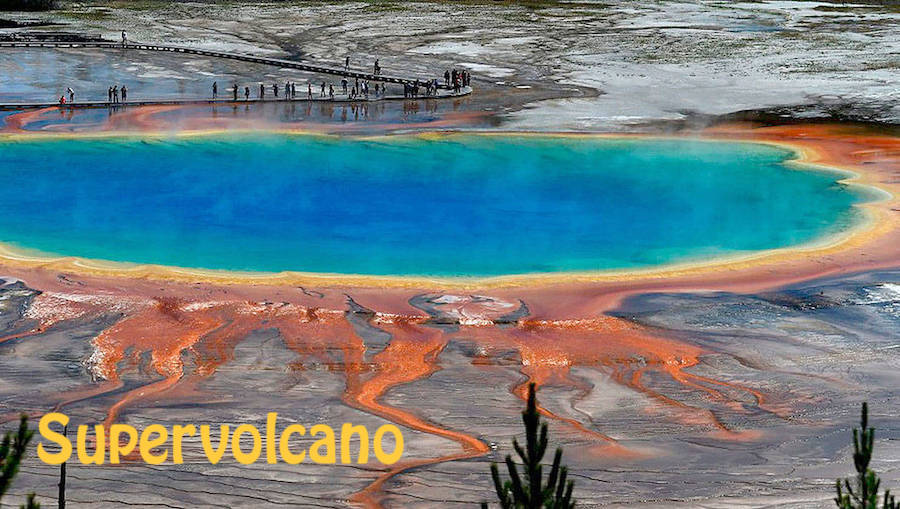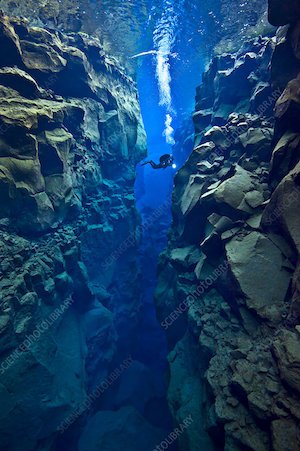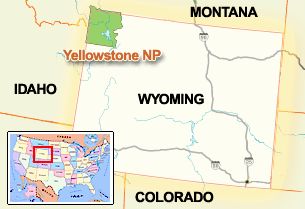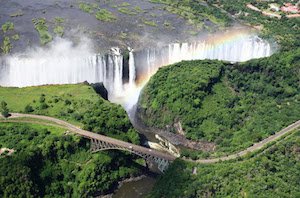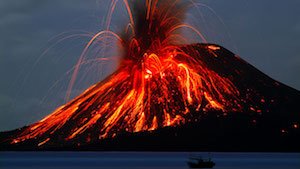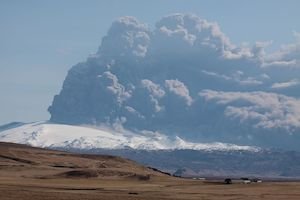Now read the text. You will notice that the line numbers in the handout have been substituted by paragraph numbers here. Bear in mind that in the final test you will use line numbers instead.
Yellowstone danger
Capable of spewing gases 50km into the air and plunging the world into long-term winter: what can be done to stop the Yellowstone supervolcano, asks Bill McGuire...

§1. One of the greatest natural catastrophes the world will ever see could be little more than a decade away. At least, that's the premise of a new BBC drama. Supervolcano traces the evolution of an enormous volcanic eruption —one that not only wipes out several states of America but that threatens the entire planet. But is such an eruption really on the cards? Well, supervolcanoes certainly [are] a normal part of the way the Earth works, and occur perhaps every 50,000 years. Two such blasts have happened in the last 75 millennia: one at Toba, on the Indonesian island of Sumatra, and another one at Taupo, New Zealand, just 47,000 years later (see photo below).
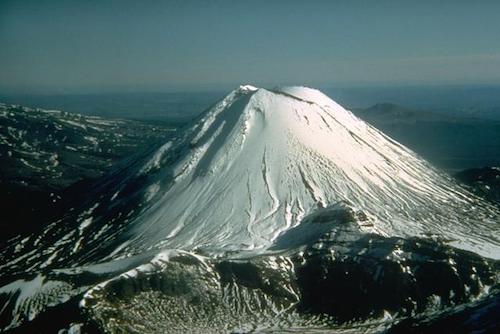
§2. Every statistic associated with super-eruption is larger than life. Molten magma is blasted out at a rate 140 times greater than the flow of water over Victoria Falls. Ash and gas are lifted more than 50 km upwards to the edge of space. Enough ash would pile up on the ground to bury the UK under a blanket 4m thick. Pyroclastic flows —devastating hurricane blasts of incandescent gas and blistering ash— would scour the land surface over an area of 10,000 square kilometres. Worst of all, a super-eruption is followed by a dramatic fall in global temperatures, leading to years of bitter cold known as volcanic winter. It's almost impossible to visualise the extraordinary scale of super-eruptions but they can be compared against well-known explosions. To do this, volcanologists use the volcanic explosivity index or VEI —a sort of volcanic Richter scale. Like its seismic equivalent, the VEI is logarithmic, which means that each point on the scale denotes an eruption ten times larger than the one below. The seemingly gargantuan eruption of Mount Saint Helens, in Washington State (US), registered a lowly five on the VEI. The colossal 1883 Krakatoa eruption, the most lethal volcano ever, is rated at six. Super-eruptions score eight.
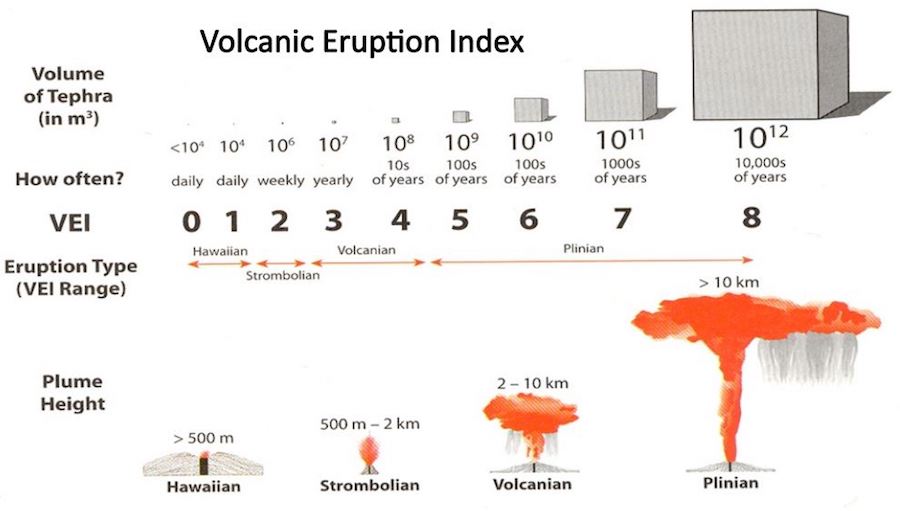
Source: strangesounds.org
Wholesale melting
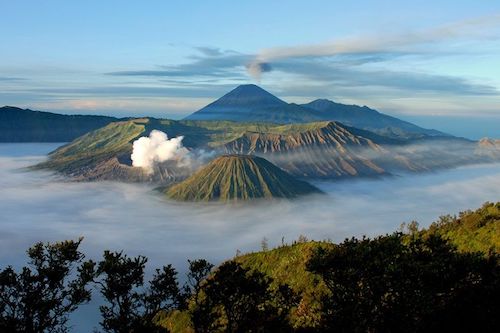
§3. The greatest super-eruption of all, at Toba (see photo on the right), happened above a so-called subduction zone, where the Indian ocean plate slides beneath Indonesia. Yellowstone supervolcano, home to three gigantic explosions in the past 2.1 million years, straddles a stationary mantle-plume across which the North American plate is slowly creeping at the same rate as a fingernail grows. While the last super-eruption at Yellowstone occurred 640,000 years ago, the volcano is far from dead. Geysers, hot springs, boiling mud pools, frequent swarms of earthquakes and the slow swelling and sinking of the surface all testify to a magma source that today may be as little as 5km beneath the surface. When will it happen?
§4. But what of the future? Do we have, as the forthcoming BBC film suggests, little more than a decade before Yellowstone explodes into life once again? Certainly the Yellowstone volcano continues to be restless, but no more so than 50 years ago when detailed observations began. The chances of another super-eruption wreaking havoc are probably around 1 in 700,000 in any single year, and many smaller eruptions have occurred since the last big one 640,000 years ago.
§5. The volcanic system is very closely monitored by staff at the Yellowstone Volcanic Observatory, established in 2001. They use GPS and satellite radar imagery to keep check on ground swelling, plus seismographs to monitor earthquakes that trace out the movement of hot water and magma beneath the caldera. There is absolutely nothing we can physically do to prevent the next super-eruption. Provided we have sufficient warning, however, we should have time to introduce measures such as food-stockpiling and rationing.
Sources: Text from hdnux.com
Volcano images from The Science Thinkers, Pinterest and Wikipedia, respectively
